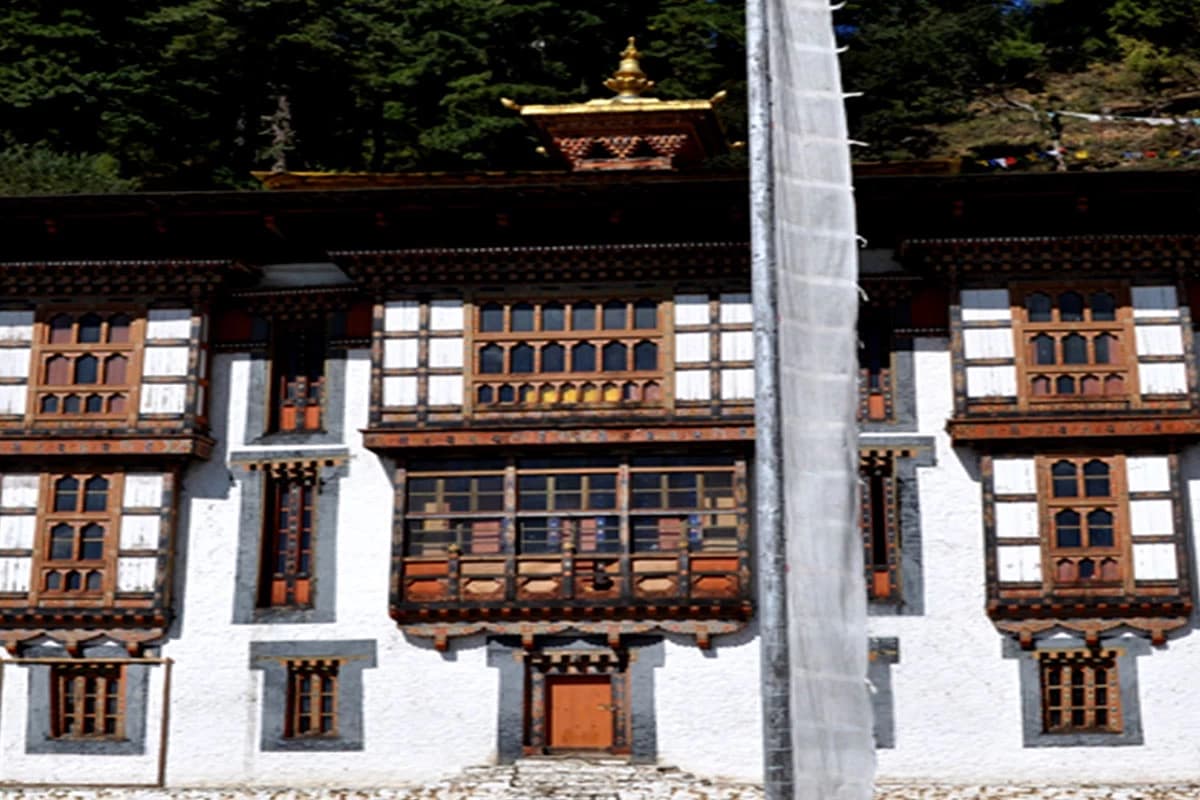The Bhutan Cultural Tour is a journey through the heart of the beautiful Himalayan Kingdom, which is renowned for its unique cultural heritage and stunning natural beauty. Visitors on this tour will have the opportunity to immerse themselves in the rich and vibrant cultural traditions of Bhutan, exploring the country's ancient temples and monasteries, and learning about the unique Bhutanese way of life.
During your Bhutan Cultural Tour, you'll visit some of the country's most iconic and historic landmarks, such as the Paro Dzong and the Tiger's Nest Monastery. You'll also have the chance to experience the country's vibrant traditional dances and music, as well as witness firsthand the art and craftsmanship of Bhutan's local communities.
You'll also get to interact with local Bhutanese people and learn about their way of life, customs, and traditions. A highlight of this tour is the opportunity to learn about Bhutan's unique cultural heritage, which is based on Buddhist teachings and values.
In addition to cultural and historical experiences, you'll also have the opportunity to experience the stunning natural beauty of Bhutan, including the lush forests, majestic mountains, and rolling hills.
Whether you're a seasoned traveler or just starting out, a Bhutan Cultural Tour is an unforgettable experience that you'll never forget. So why wait? Book your Bhutan Cultural Tour today and immerse yourself in the rich culture and history of this beautiful country.
Major Highlights
Visit to the Paro Taksang Monastery: This iconic monastery is also known as Tiger's Nest and is a must-visit on any Bhutan cultural tour. The trek to the monastery offers stunning views of the Paro Valley and provides an insight into the spiritual and cultural heritage of Bhutan.
Thimphu City Tour: Thimphu, the capital city of Bhutan, is a vibrant hub of traditional Bhutanese culture and modern-day life. A visit to this city includes exploring the Tashichho Dzong, the National Memorial Chorten, and other significant cultural landmarks.
Punakha Dzong Tour: Punakha Dzong is one of the largest and most magnificent fortresses in Bhutan and is a must-visit for anyone interested in Bhutanese architecture and history.
Bumthang Cultural Trek: This trek takes visitors through the Bumthang Valley and provides a glimpse into the traditional way of life of the Bhutanese people. Visitors can see traditional homes, temples, and monasteries along the way.
Visit to Local Villages: Bhutan is a land of friendly and welcoming people, and a visit to local villages is an excellent opportunity to experience Bhutanese hospitality and learn about the local culture.
Traditional Dance Performances: Bhutan is famous for its traditional dances, and visitors can enjoy a performance of these dances during their cultural tour.
Visit to Museums and Monuments: Bhutan has several museums and monuments that provide insight into the country's rich history and cultural heritage. These include the National Museum of Bhutan, the Textile Museum, and the Zorig Chusum School of Traditional Arts.
Religious Festivals: Bhutan is a land of festivals and celebrations, and visitors can witness these events and learn about the spiritual beliefs and customs of the Bhutanese people.
